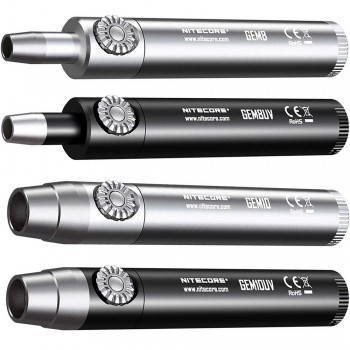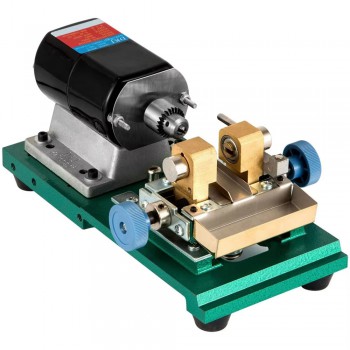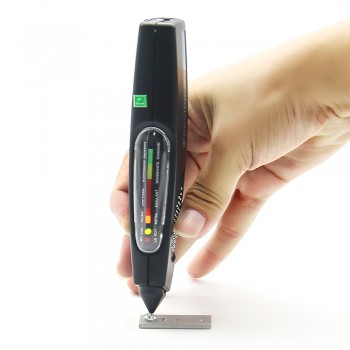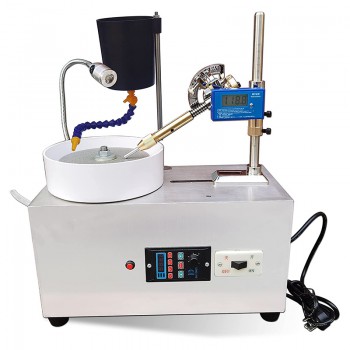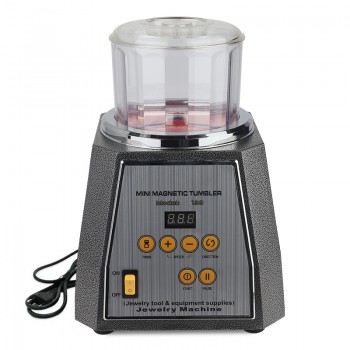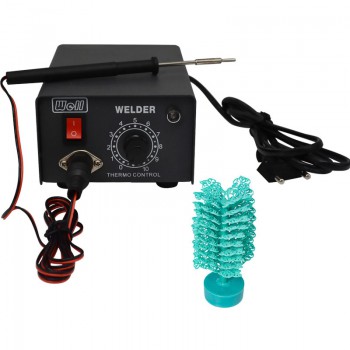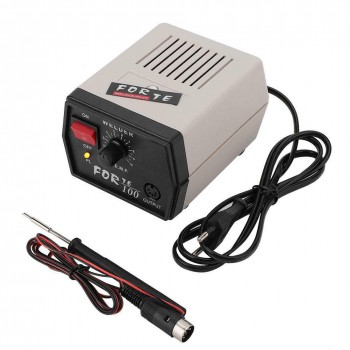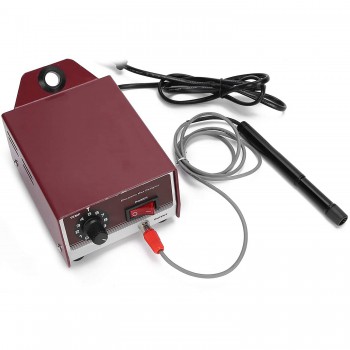
Jewelry Wax Welder
Guide on How to Choose Jewelry Wax Welder
What Is a Jewelry Wax Welder?
A jewelry wax welder is a tool designed for joining and repairing wax patterns used in jewelry casting. It works by applying controlled heat to fuse wax parts together without deforming the surrounding area. The process, known as jewelry wax welding, is essential in creating smooth joints and precise shapes before metal casting. A wax welder jewelry setup is often used during the wax modeling stage to assemble complex components such as ring settings, prongs, and design decorations.
Working Principle and Function
The jewelry wax welder operates by generating localized heat through an electrical or thermal element. When the heated tip or probe comes into contact with the wax surface, the material softens and fuses with the adjoining piece. The temperature is controlled to match the melting point of the specific wax used. Some models include a foot pedal or adjustable control knob to manage heat intensity. This method supports clean connections between wax components, helping maintain the intended dimensions of the jewelry model.
Structure and Characteristics
A wax welder jewelry system typically includes a heating pen or probe, a power control unit, and a temperature adjustment interface. The pen tip may vary in shape or size to suit different jewelry applications. The temperature control allows gradual adjustment to match wax hardness or type. Compact bench-top models are commonly used in jewelry workshops, while multi-station units can support production-scale wax assembly. The construction materials are designed to withstand prolonged heating and frequent operation.
How to Choose the Right Jewelry Wax Welder?
When selecting a jewelry wax welder for sale, it is important to consider factors such as temperature range, response speed, tip design, and intended usage. For detailed jewelry wax modeling, a welder with precise temperature control and fine tip options can support better handling. For production or teaching environments, a model with interchangeable tips and adjustable power levels may be more practical. It is recommended to check power requirements, replacement parts availability, and compatibility with various wax types before purchasing.
Purchase and Operation Considerations
Before purchasing, users should review the product specifications and confirm that the voltage and plug type match local standards. During operation, the heating tip should be preheated gradually to prevent wax charring. The wax pieces should be clean and free from dust or residue to support smooth welding. Applying short, controlled contact between the heated tip and the joint area helps prevent over-melting. The welder should be placed on a dry, non-flammable surface during use.
Application Areas
The jewelry wax welder is commonly used in jewelry design studios, casting workshops, and educational training centers. It supports joining wax parts in ring, pendant, or bracelet design and assists in repairing wax models that require precision alignment. Beyond jewelry manufacturing, jewelry wax welding is also applied in mold-making and prototype modeling where fine detail and control are required. The equipment supports various wax hardness levels used in jewelry production.


